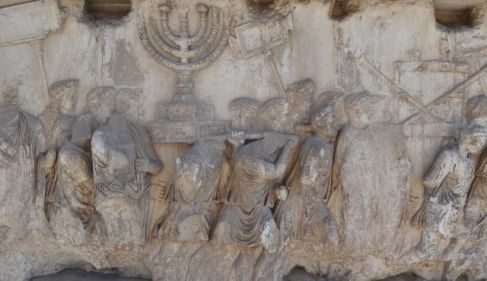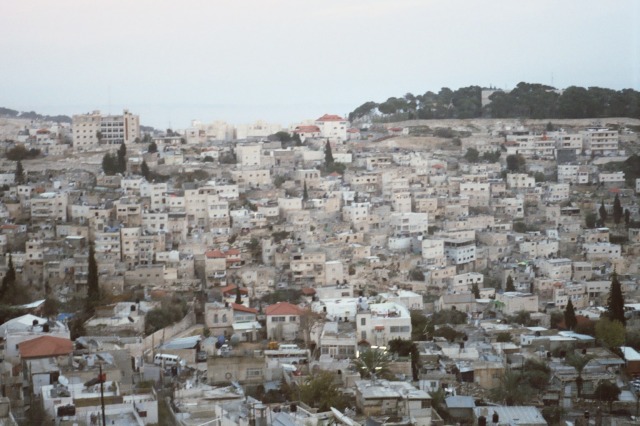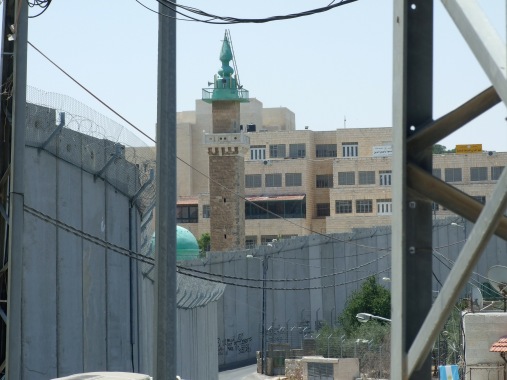JEWS IN GRAVE DANGER IN ALL MOSLEM LANDS
Nine Hundred Thousand in Africa and Asia Face Wrath of Their Foes
by Mallory Browne
Special to the New York Times
LAKE SUCCESS, N. Y., May 15 – For nearly four months, the United Nations has had before it an appeal for “immediate and urgent” consideration of the case of the Jewish populations in Arab and Moslem countries stretching from Morocco to India.
Even four months ago, it was the Zionist view that Jews residing in the Near and Middle East were in “extreme and imminent danger.” Now that the end of the mandate has precipitated civil war or even worse developments in Palestine, it is feared that the repercussions of this in Moslem countries will put the Jewish populations in many of these states in mortal peril.
Reports from the Middle East make it clear that there is serious tension in all Arab countries. The Jewish populations there are gravely worried at the prospect that an Arab-Jewish war may break out suddenly at any moment.
Feeling Runs High
Already in some Moslem states such as Syria and Lebanon there is a tendency to regard all Jews as Zionist agents and “fifth columnists.” There have been violent incidents with feeling running high. There are indications that the stage is being set for a tragedy of incalculable proportions.
Near 900,000 Jews live in these Moslem and Arab countries stretching from the Atlantic along the Mediterranean to the Indian Ocean. Zionist leaders today are convinced that their position is perilous in the extreme.
When the Economic and Social Council of the United Nations meets in Geneva next July, this matter will come before it.
On Jan. 19, 1948, the World Jewish Congress submitted a memorandum on the whole problem to the Economic and Social Council, asking for urgent action during the spring session of the Council.
This plea arose to some extent from statements made by Arab spokesmen during the General Assembly session last autumn, to the effect that if the partition resolution was put into effect, they would not be able to guarantee the safety of the Jews in any Arab land.
The memorandum of the World Jewish Congress went into considerable detail on this danger. It cited the text of a law drafted by the Political Committee of the Arab League which was intended to govern the legal status of Jewish residents in all Arab League countries.
It provides that beginning on an unspecified date all Jews except citizens of non-Arab states, would be considered “members of the Jewish minority state of Palestine.” Their bank accounts would be frozen and used to finance resistance to “Zionist ambitions in Palestine.” Jews believed to be active Zionists would be interned and their assets confiscated.
The memorandum gave many details of instances of persecution of Jewish individuals and whole communities. It listed the following tabulation of the Jewish residents in Arab countries.
| French Morocco |
190,000 |
| Iraq |
130,000 |
| Algeria |
120,000 |
| Iran |
90,000 |
| Egypt |
80,000 |
| Tunisia |
80,000 |
| Turkey |
75,000 |
| Yemen |
40,000 |
| Libya |
30,000 |
| Spanish Morocco and Tangier |
30,000 |
| Syra |
11,000 |
| Lebanon |
7,000 |
| Aden (including refugees from Yemen) |
8,000 |
| Afghanistan (including refugees in India) |
5,000 |
| Other countries (Hadramuth, Sudan, Bahrein) |
3,000 |
| Total |
899,000 |
Later information submitted to the Economic and Social Council was to the effect that:
In Syria, a policy of economic discrimination is in effect against Jews. “Virtually all” Jewish civil servants in the employ of the Syrian Government have been discharged. Freedom of movement has been “practically abolished.” Special frontier posts have been established to control movements of Jews.
In Iraq no Jew is permitted to leave the country unless he deposits £5,000 ($20,000) with the Government to guarantee his return. No foreign Jew is allowed to enter Iraq even in transit.
In Lebanon Jews have been forced to contribute financially to the fight against the United Nations partition resolution on Palestine. Acts of violence against Jews are openly admitted by the press, which accuses Jews of “poisoning wells,” etc.
Danger Emphasized
Giving many other details of persecution, this report declares that “the very survival of the Jewish communities in certain Arab and Moslem countries is in serious danger unless preventative action is taken without delay.”
Today, with a Jewish State an established fact, Jewish spokesmen at Lake Success do not conceal their anxiety that this danger to the survival of the Jewish population of the Arab countries is even more imminent, and that the only effective solution would be to facilitate their quick transfer, in so far as is possible and practicable, to the new Jewish State.
Conditions vary in the Moslem countries. They are worst in Yemen and Afghanistan, whence many Jews have fled in terror to India. Conditions in most of the countries have deteriorated in recent months, this being particularly true of Lebanon, Iran and Egypt. In the countries farther west along the Mediterranean coast, conditions are not so bad. It is feared, however, that if a full-scale war breaks out, the repercussions will be grave for Jews all the way from Casablanca to Karachi.










